Sécurité Civile EC145 F-ZBPI / Dragon 74 Mountain Rescue Blade Strike near Annecy
During a mountain rescue SAR mission on 17 June 2019 Sécurité Civile Airbus Helicopters EC145 (BK117C2) F-ZBPI, call sign DRAGON 74, based at Annecy Haute-Savoie Mont-Blanc airport (BH74), suffered a main rotor blade strike in the French Alps.
The Accident Flight
Investigators of the BEA-Etat (BEA-E) explain in their safety investigation report, issued on 7 September 2020 in French only, that the tasking was to rescue two hikers who had got into difficulties in the Goulet du Pontet (Haute-Savoie), at c 4,900 ft amsl. This was their fourth mission since 0900 that morning, typical for the unit in the summer. The crew consisted of 4, a pilot, hoist operator and two mountain rescuers (one a first aid trained Gendarme and the other a firefighter). They were tasked by the local fire and rescue operational centre (known as CODIS) at 1848.
The helicopter departed at 1859, arriving on-scene just 7 minutes later.
The location was “well known to the crew” and the weather was “very good…with clear visibility over 10 kilometres” and a “weak north westerly wind of 5 to 10 kt, gusting 15 kt”.
“…the crew agreed on the choice of the skid support procedure”. This involved resting a skid on the ground to disembark / embark personnel (example video). They had used both this and hoisting during the three earlier missions that day. This technique is quicker and requires less power and so is preferred when it is practical.
The pilot spotted a grassy area suitable for maneuvering, upstream of the hikers. DRAGON 74 performs a first pad support and disembarks the two rescuers. As the helicopter takes off again, the hikers rush towards the rescuers who secure them. By radio, the lead mountain rescuer calls DRAGON 74… Less than a minute passes between the two approaches.
When DRAGON 74 arrived for the second skid support, the crew heard a noise from the blades of the main rotor.
The pilot interrupts his approach, immediately deviates and, while hovering, checks the helicopter parameters. Not noting any particular vibration and the parameters being compliant, the pilot decided to continue the mission and recover the rescuers as well as the hikers by hoist.
After having landed on a field of Montmin, rotor turning, and put down the hikers, DRAGON 74 returns to its base without additional verification.
During the post-flight inspection, the crew noticed that the main rotor of the helicopter was damaged.
The BEA-E Safety Investigation
BEA-E comment that the unit did not have a conventional Operations Manual, but a series of overlapping instructions and other documents, which don’t address skid support rescues.
When examined, traces of vegetation were found on all four blades of the main rotor, with the yellow blade suffering a penetration at the leading edge.
The site of the incident was located south of the Pointe de la Beccaz, in the Goulet du Pontet, on a grassy area sloping 45° on the side of the mountain. The area is about fifteen meters long. Two shrubs over two meters are found on the upper part of the area.
Numerous branches were found damaged but none were actually cut.
The BEA-E examined recorded data from the aircraft:
At the time of the collision, the rotor rpm remained constant around 102%. The only variation in speed, less than 1%, is attributable to the engine / rotor control and was visible during the entire part of the hover.
The aircraft was subject to Airbus’ maintenance recommendations and was returned to service after a change in main rotor blades.
The yellow blade was subject to more detail examination.
Two samples were taken from its surface. The results of the spectrographic analyses concluded that a green deposit was of plant origin and that the second sample was a piece of composite blade, made of epoxy resin and fiberglass. The impact therefore exposed the fiberglass that makes up the material of the blade.
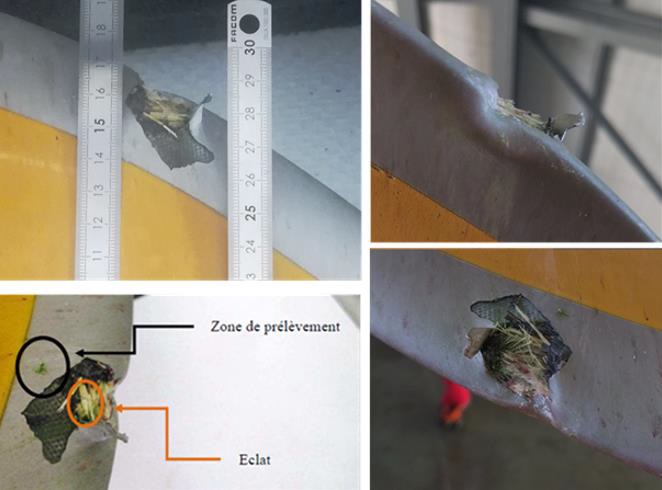
Sécurité Civile Airbus Helicopters EC145 (BK117C2) F-ZBQI Leading Edge Blade Damage to Yellow MRB (Credit: BEA-E)
The several composite lay-ups over a few millimetres of depth were damaged by the impact in a 1 x 2 cm area, 15 cm from the blade tip.
BEA-E analysis concluded there was around 1 m clearance from the shrubs. The hoist operator had a clear view of the vegetation.
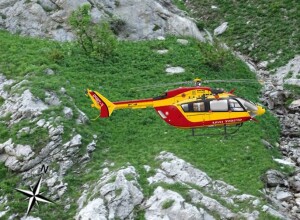
Artists Impression of Sécurité Civile Airbus Helicopters EC145 (BK117C2) F-ZBQI On-Scene (Credit: BEA-E)
The BEA-E concluded though that there had not been a direct strike on the shrubs. Analysis of the CVR audio confirmed four impacts, which BEA-E determined were with one branch, penetrating one blade and then contacting the following three. The investigators believe this was consistent with a loose branch on the ground being blow by downwash and entering the main rotor by re-circulation. They comment that identifying broken foliage on the ground would have been very difficult as there would have been little contrast with the grass. The risk of loose vegetation is also not discussed in Sécurité Civile documentation.
The BEA-E suggest the crew may have been ‘overconfident’ when they made their second approach, especially as the hikers joined the disembarked rescuers very quickly and so the second approach was only shortly after the first skid contract.
The BEA-E explain that the crew suspected the noise indicated a blade strike on the shrubs. They note the pilot reflected it sounded similar to a previous incident where a survival blanket was blown through the rotors.
Sécurité Civile procedures specify the that:
As soon as a captain has any doubts about the condition of his helicopter (shock perceived in flight, deterioration of flight qualities, bird collision, poor instrument indications, etc.), he is required to land on the nearest appropriate ground, or even land in the field and carry out a careful inspection of his aircraft.
Continuing to complete the hoisting, dropping the hikers off after a short 30-second flight to Montmin and then the 5-minute flight to Annecy all increased the level of risk say the investigators. The investigators speculate that the crew would have been reluctant to shut the aircraft down at Montmin for fear of the operational challenges if damage was found.
BEA-E Conclusions
The causes of this event fall within the domain of organizational and human factors.
Namely:
- the decision of the crew to perform a skid landing rather than hoisting
- this decision was taken without knowing all the elements specific to the chosen location as the environmental characteristics of the area which did not allow the crew to perceive the presence of weakened vegetation during the approach
- failure to take into account the main rotor blade tip vortex phenomenon
- the absence of verification of the landing area by the rescuers before requesting the return of the helicopter
- a situation generating an excess of confidence
After the strike:
The crew never considered cutting the flight short or checking the helicopter after the hikers disembarked at Montmin. The underestimation of the risk and the influence of logistics arguments on aviation safety led the pilot to continue his mission, increasing the level of exposure to danger…
Safety Recommendations
The BEA-E recommends that SAR operators “make their helicopter crews aware…of the risks posed by vortices at the end of blades near obstacles and of taking them into account when choosing between the different modes of action”.
They recommend that the Sécurité Civile create an Operations Manual and revise their procedures in relation to:
- Determining the appropriate rescue technique
- Rescuers who are on the ground verifying the area before an approach/re-approach
- Skid landing techniques
They also recommend the Sécurité Civile emphasise their existing procedures for after a suspected blade strike.
Other operations of DRAGON 74: Video 1 and Video 2.
Safety Resources
- Sécurité Civile EC145 SAR Wirestrike
- Swedish SAR AW139 Damaged in Aborted Take-off Training Exercise
- SAR Helicopter Loss of Control at Night: ATSB Report
- Norwegian HEMS Landing Wirestrike
- Firefighting Helicopter Wire Strike
- Fatal Wire Strike on Take Off from Communications Site
- Beware Last Minute Changes in Plan
- Helicopter Tail Rotor Strike from Firefighting Bucket
- Helicopter Wirestrike During Powerline Inspection
- Fatal MD600 Collision With Powerline During Construction
- Impromptu Landing – Unseen Cable
- Hanging on the Telephone… HEMS Wirestrike
- UPDATE 1 November 2020: Tragic Texan B206B3 CFIT in Dark Night VMC
- UPDATE 19 December 2020: Helicopter Destroyed in Hover Taxi Accident
- UPDATE 5 March 2021: Wire Strike on Unfamiliar Approach Direction to a Familiar Site
- UPDATE 15 May 2021: Military SAR H225M Caracal Double Hoist Fatality Accident
- UPDATE 17 July 2021: Sécurité Civile EC145 Mountain Rescue Main Rotor Blade Strike Leads to Tail Strike
- UPDATE 31 July 2021: Low Recce of HEMS Landing Site Skipped – Rotor Blade Strikes Cable Cutter at Small, Sloped Site
- UPDATE 21 August 2021: Air Methods AS350B3 Night CFIT in Snow
- UPDATE 19 September 2021: A HEMS Helicopter Had a Lucky Escape During a NVIS Approach to its Home Base
- UPDATE 7 November 2021: Italian Alps AW139 Mountain Rescue Hoisting Blade Strike
SAR Consultancy: Procurement, Tenders, Contacts and In-Service Assurance and Aviation Advice
In September 2017 one European Coast Guard selected Aerossurance to be their new aviation consultants after a competitive tender with 7 bidders. In July 2018 Aerossurance started work supporting a second European Coast Guard with a procurement project. The Aerossurance team is and has supported humanitarian aid agencies, air ambulance charities, military air arms, environmental agencies and blue chip energy companies on other emergency service and special mission aviation projects around the world. Covid-19 compatible PPE equipment and procedures has been a recent topical issue.
The Tender Trap: SAR and Medevac Contract Design: Aerossurance’s Andy Evans discusses how to set up clear and robust contracts for effective contracted SAR and HEMS operations.
Aerossurance has extensive air safety, operations, SAR, HEMS, airworthiness, human factors, aviation regulation and safety analysis experience. For practical aviation advice you can trust, contact us at: enquiries@aerossurance.com
Follow us on LinkedIn and on Twitter @Aerossurance for our latest updates.

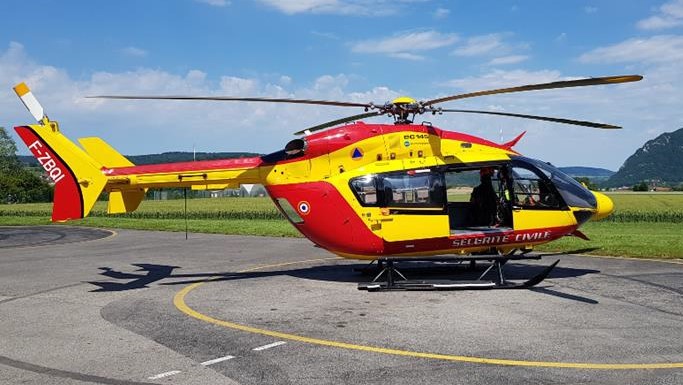
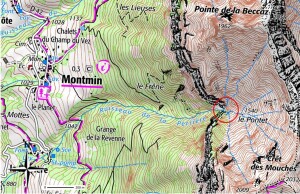
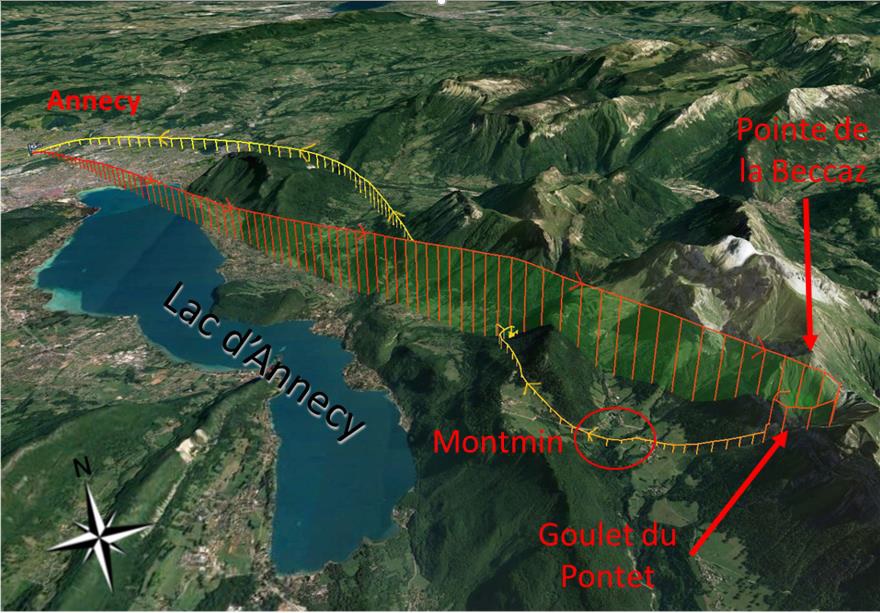

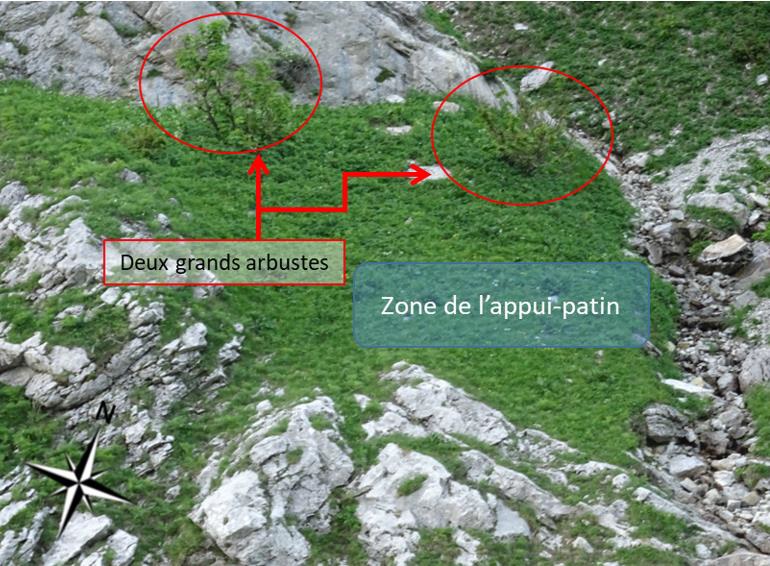

Recent Comments